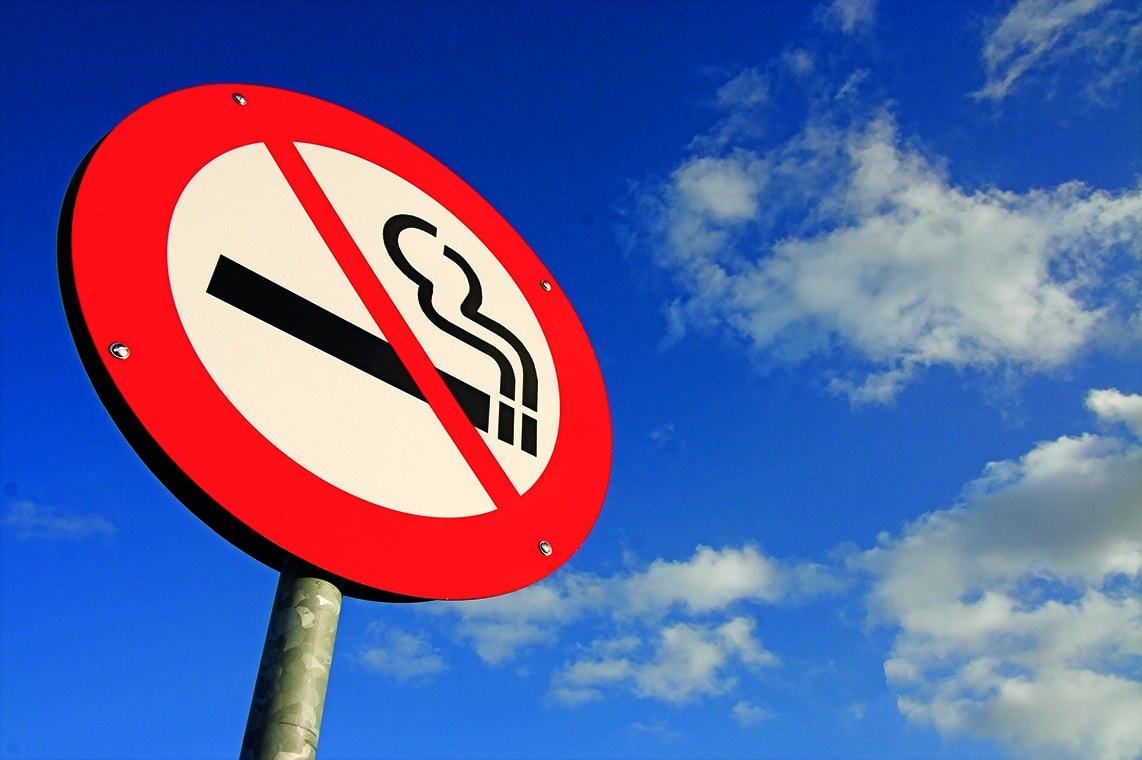
Vaping both causes, and fixes, vascular function
Before we get to this article we would like to point out that although very much primarily we are all about heat not burn technology we will occasionally cross over into the world of vaping because there are quite a few similarities between the two.
Last month saw two very different studies, from the same field of research, reach completely opposite conclusions in relation to vaping. I’ll give you 30 seconds to guess which one of these two studies saw the widest possible media coverage:
- Short-term e-cigarette vapour exposure causes vascular oxidative stress and dysfunction: evidence for a close connection to brain damage and a key role of the phagocytic NADPH oxidase
- Cardiovascular Effects of Switching From Tobacco Cigarettes to Electronic Cigarettes
If you opted for no. 1, you’d be 100% correct. As evidenced by a slew of articles like this, this, and of course, this from everyone’s favourite anti-science editor.
As with the moral panic infecting the US, the story that saw the most press coverage came hot on the heels of some press attention to a 3 year old medical case where a then-16-year-old suffered a “catastrophic illness” which, as it transpires (shock, horror!), was little more than an allergic reaction to something inhaled. As is the norm, there’s little to no information on the case (written in the Archives of Disease in Childhood). Instead, there’s insubstantial conjecture based solely on the simple fact that the teen reported the use of an e-cigarette.
Even more unfortunately, there was no detailed analysis performed on the liquids the teen reported using, only a skin test which was negative but, according to the reporting physician, doesn’t preclude an allergic reaction.
While this report was made out to seem worse than it actually was – after all, a large number of people suffer from one form of allergy – it was the follow up article that reported on study (1) that made an impact. Because, of course, it wasn’t just about the findings from the study itself. It was to push a particular narrative.
Researchers said an entire generation risks becoming hooked on nicotine as e-cigarettes are so addictive.
Except, that wasn’t the point of the study was it? The study was meant to look at the effects of vaping on vascular function, not comment on something unrelated.
In this instance, the study measured arterial stiffness and endothelial function, which are markers with important prognostic significance. To simplify this, increased arterial stiffness and endothelial dysfunction are well-established predictors of higher risk for future development of cardiovascular disease.
Now, we’ve heard about vaping causing arterial stiffness before and it, like many other reports, barely scratch the surface.
Let’s be 110% clear here. Arterial stiffness is a marker for increased risk, not absolute risk, of developing cardiovascular problems – think stroke and heart attack, to name but two – but, and it is a very big but, there are many, many causes, or potential causes.
A jump scare is one. Drinking coffee, or doing some exercise are others. Taking a puff on a cigarette, or e-cigarette can also cause some arterial stiffness. It isn’t, fundamentally, a wholly accurate marker, but rather it is one that lends itself to being useful in many circumstances.
As you would expect, after taking two puffs per minute, for twenty minutes – according to the supplementary document on this paper – there was an increase in flow-mediated constriction, using a novel measurement technique.
This demonstrates, as has been reported on before, a typical acute stimulant effect – one that can be recorded after drinking coffee. However, what the media failed to highlight substantively is that the participants were all (all 20 of them) current smokers aging from 18 to 60 and smoking a minimum of 1 pack per year. The effect, of course, is more or less the same in both cases – whether a smoker, or a vaper, ingesting a mild stimulant will cause a degree of arterial stiffness.
It is important to highlight this fact substantively because the endothelium – the inner lining of blood vessels – in smokers is already likely to be abnormal, and as such any results gathered here cannot be fully extrapolated to non-smokers. However, the researchers only monitored arterial constriction and dilation before, during and after a single vaping session of 20 minutes rendering these results practically meaningless without additional data to verify any kind of trend.
The only other factlet from this study is, of course, the fact that the researchers identified relatively high levels of aldehydes when exposing mice to the aerosol of a third generation eVIC-VTC Mini (rather than what the humans had, an e-Go C which is a starter kit with atomizer heads of 1.7 or 2.3 ohm resistance) using a 0.5ohm coil at 24W.
Again, as is the norm with this type of study, the puff topography is bonkers. 3 second puff every 30 seconds for a total of 40 puffs. It is no wonder that the researchers found elevated levels of aldehydes! Naturally, this result is irrelevant because of the human factor. Vapers have levels of acrolein that are similar to non-smokers, and they do everything that they can to avoid getting a dry hit as it is utterly, utterly vile.
Aside from a single session measurement (before, during and after) there is no correlation between the data and the claims made by the press coverage, particularly given that guidelines for measuring these markers (arterial stiffness) dictate that stimulants such as caffeine, nicotine and alcohol (along with some foods) should be completely avoided for several hours before measurements are taken.
Both NRT and caffeine have the same immediate effects on vascular function, but they do not confer any risk for future development of heart disease.
I think the phrase “correlation does not imply causation” would apply to the data gathered by the researchers of this paper.
On the flip side, the second paper demonstrated the complete opposite of paper 1 and is, on the whole, a better designed study that used the same measuring techniques as paper 1 with a larger cohort of participants that included cigarettes as well as vaping with, and without, nicotine.
It’s a funny old world, eh?










